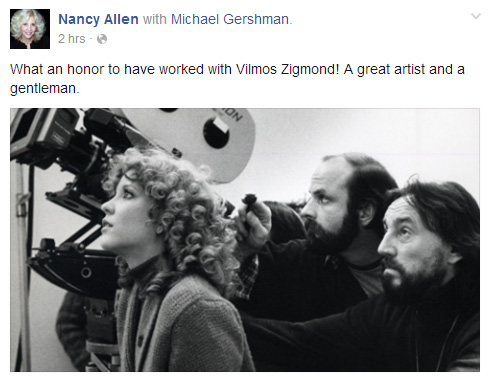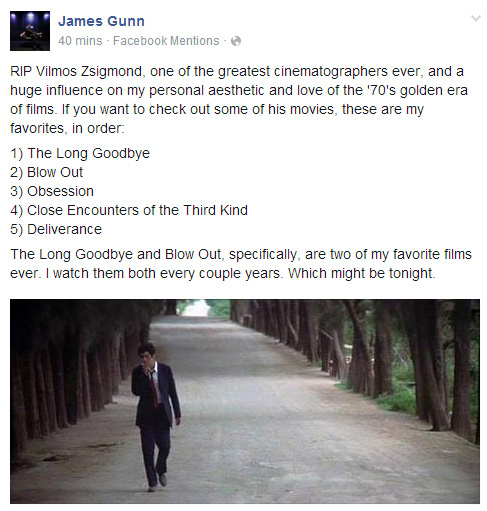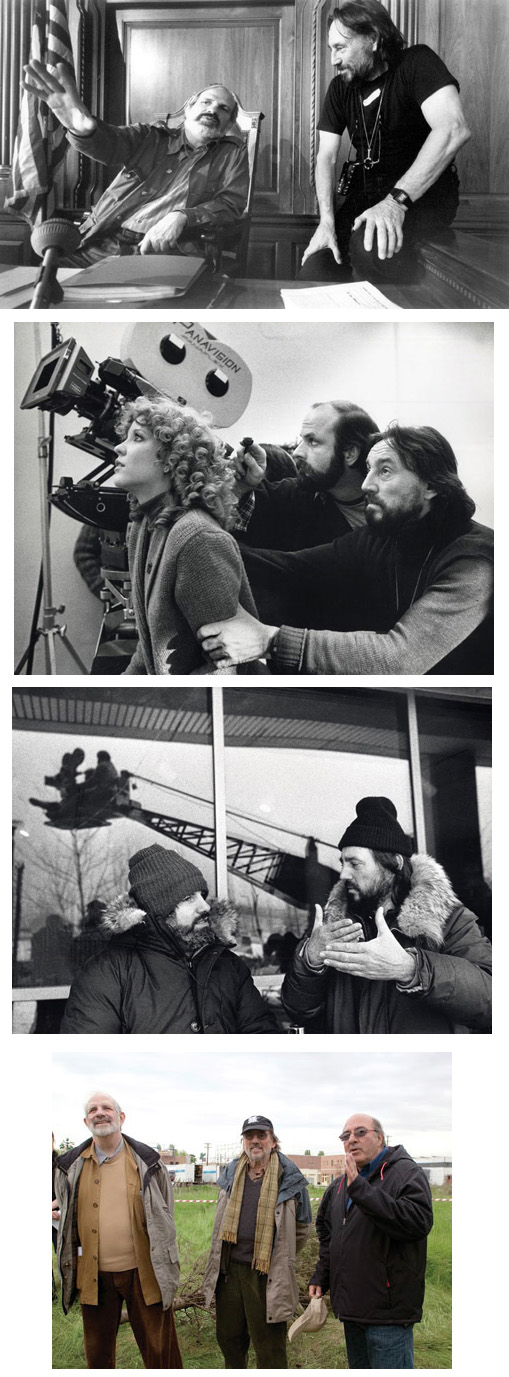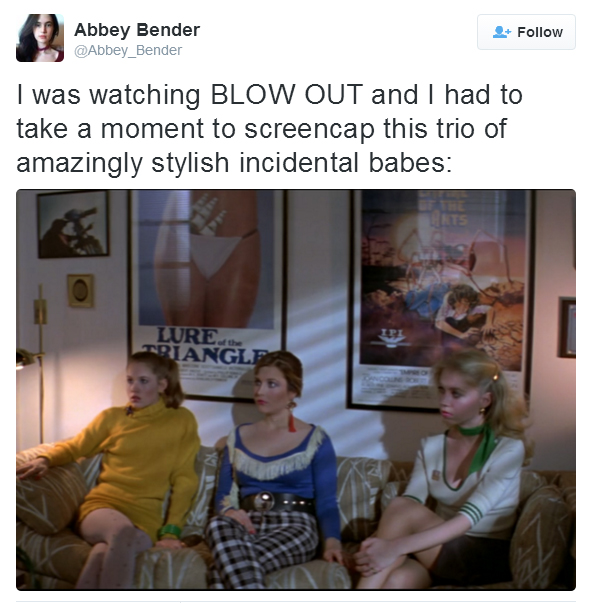AND SEAN PENN CITES/QUOTES SCARFACE "BAD GUY" SPEECH TO HELP DESCRIBE EL CHAPO
The above couch-gag intro kicked off tonight's episode of The Simpsons, "Teenage Mutant Milk-Caused Hurdles." Using the montage song (Scarface (Push It To The Limit), written by Giorgio Moroder and Pete Bellotte, and performed by Paul Engemann) from Brian De Palma's Scarface, the intro sees Homer donning shades and envisioning characters from the show as 1980s action movie characters.
Meanwhile, Sean Penn secretly interviewed fugitive Mexican drug lord El Chapo Guzmán for Rolling Stone. El Chapo had escaped from prison in October. "Today," Penn states in the article, El Chapo "runs the biggest international drug cartel the world has ever known, exceeding even that of Pablo Escobar. He shops and ships by some estimates more than half of all the cocaine, heroin, methamphetamine and marijuana that come into the United States." Later in ther article, Penn quotes Al Pacino's "Bad Guy" monologue from Scarface in order to help describe El Chapo's brazen claims during the interview. You'll note that Penn refers to the film as "Oliver Stone's Scarface," leading some to claim Penn has made a mistake, or that he needed an editor, etc. Well, Stone did write the words that Penn is quoting in the article, and having worked with Pacino and De Palma on Carlito's Way, we're pretty sure Penn is aware that De Palma also directed Scarface in his operatic, baroque style. Which is all to say, Penn knows of which he speaks. Here's an excerpt from the Rolling Stone article:
"How much money will you make writing this article?" he asks. I answer that when I do journalism, I take no payment. I could see that, to him, the idea of doing any kind of work without payment is a fool's game. Unlike the gangsters we're used to, the John Gotti's who claimed to be simple businessmen hiding behind numerous international front companies, El Chapo sticks to an illicit game, proudly volunteering, "I supply more heroin, methamphetamine, cocaine and marijuana than anybody else in the world. I have a fleet of submarines, airplanes, trucks and boats."He is entirely unapologetic. Against the challenges of doing business in such a clandestine industry he has ––built an empire. I am reminded of press accounts alleging a hundred-million-dollar bounty the man across from me is said to have put on Donald Trump's life. I mention Trump. El Chapo smiles, ironically saying, "Ah! Mi amigo!" His unguarded will to speak freely, his comfort with his station in life and ownership of extraordinary justifications, conjure Tony Montana in Oliver Stone's Scarface. It's the dinner scene where Elvira, played by Michelle Pfeiffer, walks out on Al Pacino's Tony Montana, loudly assailing him in a public place. The patrons at the restaurant stare at him, but rather than hide in humiliation, he stands and lectures them. "You're all a bunch of fucking assholes. You know why? You don't have the guts to be what you wanna be. You need people like me. You need people like me. So you can point your fucking fingers and say, 'That's the bad guy.' So what's that make you? Good? You're not good. You just know how to hide...how to lie. Me? I don't have that problem. Me?! I always tell the truth even when I lie. So say good night to the bad guy. C'mon. Last time you're gonna see a bad guy like this again, lemme tell ya!"
See also:
New York Times: Sean Penn’s Excursions Into Writing Often Mix Activism With Journalism.
Updated: Sunday, January 10, 2016 11:32 PM CST
Post Comment | Permalink | Share This Post





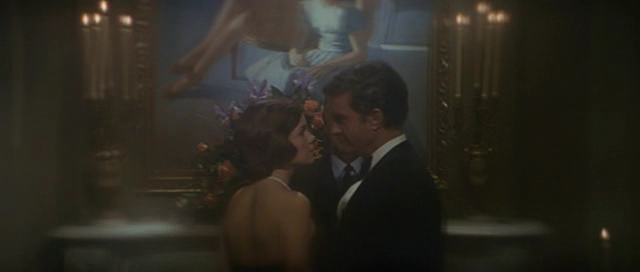
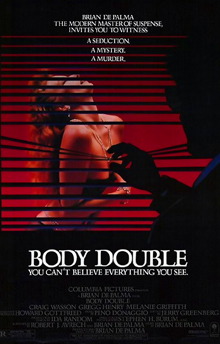

 Vilmos Zsigmond has passed away. He was 85. According to an initial report by
Vilmos Zsigmond has passed away. He was 85. According to an initial report by 